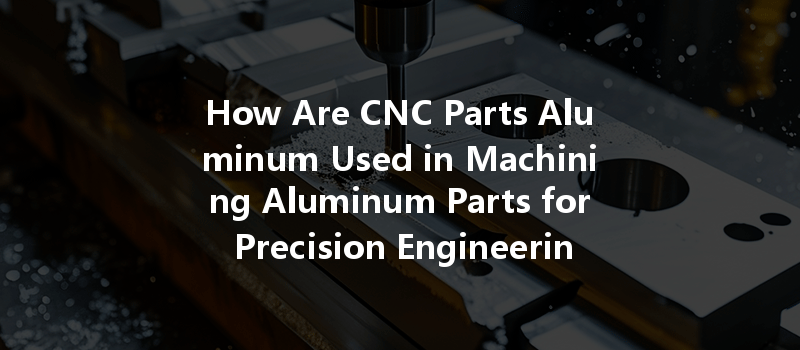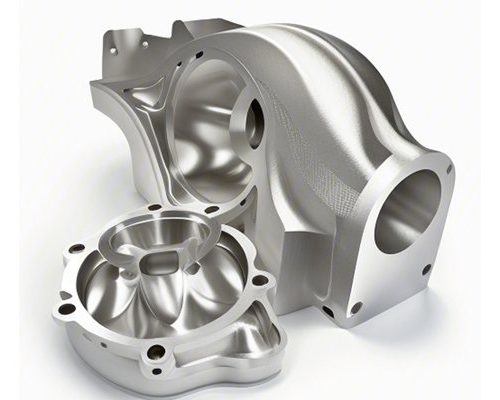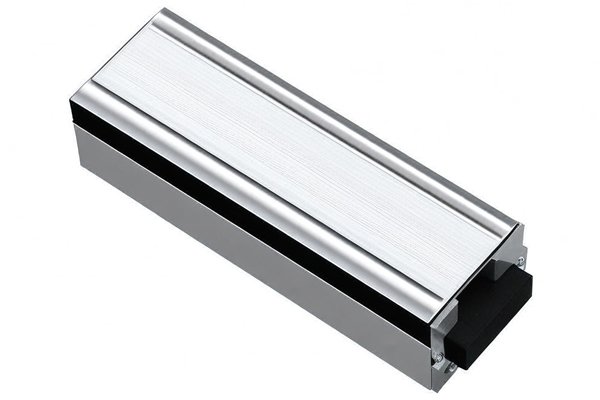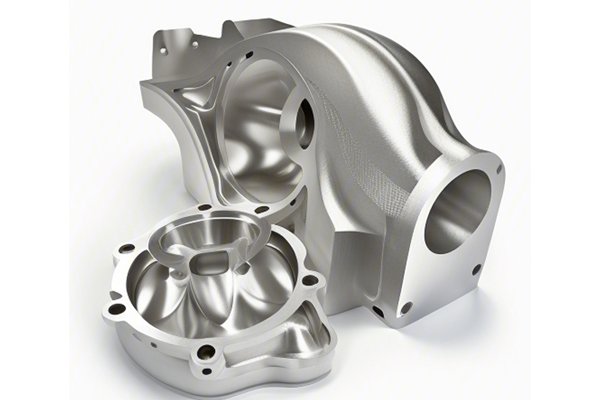Are you curious about the magic behind precision parts manufacturing? It’s a world where metal and plastic come alive, shaped meticulously into components that make everything from everyday gadgets to cutting-edge technology possible. If you’ve ever marveled at the sleek curves of your smartphone or the complex assembly of an automotive engine, you’ve already dipped your toes into the pool of CNC machining. Let’s dive deep into this fascinating realm and uncover the processes, techniques, and intricate details that make CNC machining a cornerstone of modern manufacturing.
What is CNC Machining?
CNC stands for Computer Numerical Control, which is a process used in manufacturing to automate the operation of machinery through computer programs. But before we get into the nitty-gritty, let’s break it down a bit more:
Imagine you have a magic wand that can transform a block of material into a beautifully crafted component just by entering a few commands. That’s essentially what CNC machining does! It controls sophisticated tools, like mills and lathes, to carve, drill, and slice material into precise shapes without the need for a human operator at the helm.
Why Should You Care?
You might be wondering, “Why should I care about CNC machining?” Well, in a world craving efficiency, precision, and speed, CNC machining stands out like a beacon of hope. It offers:
In short, CNC machining isn’t just a process; it’s a crucial player in the manufacturing game—not just for big corporations, but also for hobbyists and startups who seek high-quality, reliable components.
Understanding the CNC Machining Process
At first glance, the CNC machining process may seem overwhelming, much like trying to decipher a complex recipe without knowing your ingredients. But fear not! Let’s break it down into bite-sized chunks.
Before anything can be machined, your ideas need a blueprint—this is where Computer-Aided Design (CAD) software comes into play. With CAD, engineers and designers can create detailed 3D models of the component they want to produce. Think of CAD as the artist’s canvas where creative visions get transformed into technical drawings.
Once your design is ready, it’s time to convert it into instructions that the machine can understand. This step involves using Computer-Aided Manufacturing (CAM) software to generate a G-code, which serves as the link between your design and the CNC machine. You can think of G-code as the machine’s language that gives it detailed commands on what operations to perform, like moving the cutter from point A to B, speeds, and feed rates.
With the G-code in hand, the next step is to prepare the CNC machine. This involves:
And now, the moment of truth! With everything set, the machine begins its work. It follows the G-code instructions to cut, shape, and fabricate the component into existence. Using rotating tools, it removes material bit by bit until the final desired shape emerges. It’s akin to sculpting, where the excess material is carefully chipped away, revealing the latent beauty of the final product.
Once the machining is complete, the part may undergo several finishing processes. This can include sanding, plating, or polishing to achieve the desired appearance and functionality. Finishing works like the final brush strokes in a painting, adding that extra touch of perfection to the crafted piece.
Types of CNC Machining Processes
Now that we have a grasp of the basic CNC process, let’s explore the different types of CNC machining methods available. Each method has its unique advantages and is suited for different applications.
CNC Milling
CNC milling is one of the most widely used machining processes. It involves rotating multi-tooth tools that remove material as the workpiece is held steady. Imagine a tiny army of machine soldiers, each teamed up to create complex shapes and designs from solid blocks! With CNC milling, you can create intricate parts that other methods would struggle to produce.
CNC Turning
CNC turning, on the other hand, is all about rotation—specifically, the rotation of the workpiece while a single-point cutting tool moves across its surface. This method is perfect for crafting cylindrical parts like shafts, bolts, or any component requiring a rounded profile. You could think of turning as a potter on a wheel, shaping a clay piece as it spins.

CNC Routing
If you need to cut large pieces of sheet material, CNC routing is your go-to choice. This method often utilizes a flatbed that holds the material steady while a rotating bit carves out the design. It’s widely used in woodworking and plastic fabrication. Picture a giant cookie cutter—only instead of cookies, it shapes wood into stunning cabinets and furniture!
CNC Plasma Cutting
For projects involving thicker metals, CNC plasma cutting shines. This process uses a high-temperature plasma torch to melt away material, cutting through metals with ease. It’s the metal worker’s magic wand, effortlessly slicing through steel plates, ensuring precision even in the roughest environments.
Materials Commonly Used in CNC Machining
Now that we’ve covered the types of CNC machining processes, let’s take a look at the most commonly used materials in this fascinating manufacturing world.
Aluminum
Aluminum is a superstar in CNC machining for its lightweight, corrosion-resistant properties, and ease of machining. From aerospace components to automotive parts, aluminum’s versatility makes it a great choice across industries.
Plastic
You’d be surprised how many products we use daily are made from machined plastic parts! With a variety of plastics available—from acrylics to polycarbonates—CNC machining can cater to a multitude of applications, making it fun and functional.
Brass
Known for its machinability and excellent aesthetic appeal, brass is commonly found in applications ranging from musical instruments to plumbing fixtures. It’s robust and adds a touch of elegance to the parts manufactured from it.
Titanium
Though more expensive, titanium is an exceptional choice due to its strength-to-weight ratio and corrosion resistance. Aerospace industry giants and medical applications frequently demand titanium components, where safety and reliability are paramount.
The Advantages of CNC Machining
CNC machining isn’t just a fad—it’s an established process that offers myriad advantages over traditional methods. Let’s shine a light on some remarkable benefits:
Precision and Consistency
With CNC machining, one can achieve a level of precision that most traditional methods can only dream of. The machines operate in accordance with the detailed G-code, which significantly reduces the risk of human error. You could say CNC machining has the precision of a seasoned watchmaker!
Flexibility and Customization
Changes in design can be easily integrated into CNC machining processes. Should an idea morph, a quick adjustment in the G-code is all it takes to bring the new design to life. This flexibility keeps businesses agile and innovative.
Speed and Efficiency
Once the program is set, CNC machines can operate at incredible speeds with minimal downtime. This efficiency means faster turnaround times and higher output—perfect for meeting production demands.
Safety
Automating the machining process also enhances workplace safety. With less manual operation, there’s a decreased risk of accidents and injuries in the shop.
The Future of CNC Machining
As we step into a world driven by technological advancements, CNC machining continues to evolve. The integration of artificial intelligence, machine learning, and even 3D printing into CNC processes is paving the way for a future where manufacturing is faster, smarter, and more efficient.
Imagine a workshop filled with machines communicating with each other, optimizing processes in real-time, and even predicting wear-and-tear to prevent breakdowns! The sky is the limit, and the possibilities are truly exciting.
Conclusion
As we wrap up our tour of CNC machining, it’s clear that this process is not just a mundane industrial practice; it’s a fascinating blend of technology, art, and precision. Whether you’re a seasoned engineer or someone curious about the manufacturing industry, understanding CNC machining opens doors to countless opportunities.
So the next time you pick up an item and marvel at its design, remember the intricate journey it took—from a creative idea on CAD software to its final crafted form on the production floor. CNC machining is more than just machinery; it’s a symphony of design and execution that fuels innovation across industries.
Are you ready to explore this captivating world further? Share your thoughts or questions below! Whether you’re a prototyping enthusiast or a curious novice, the CNC machining world offers a wealth of insights just waiting to be uncovered.



